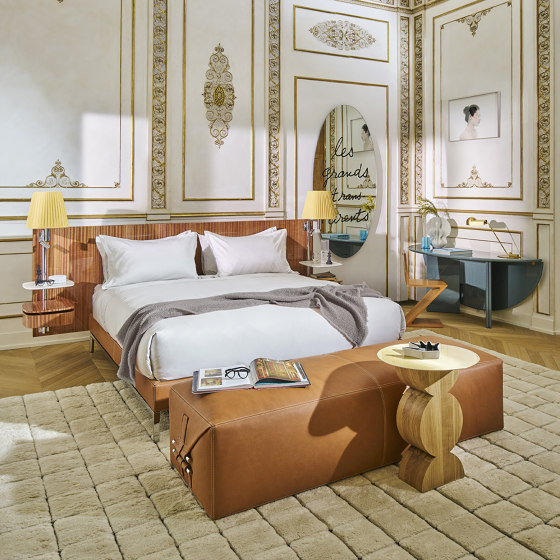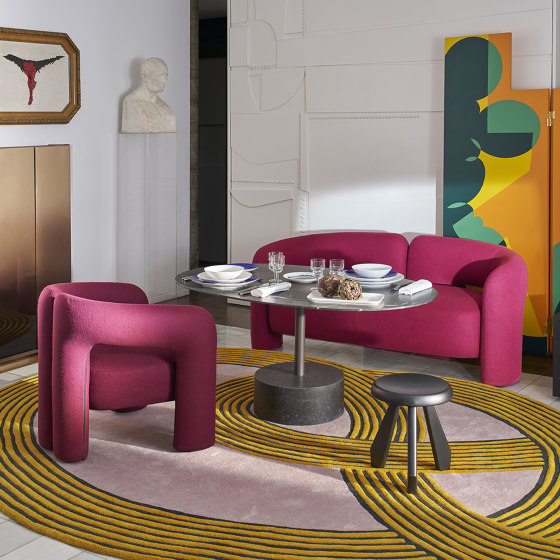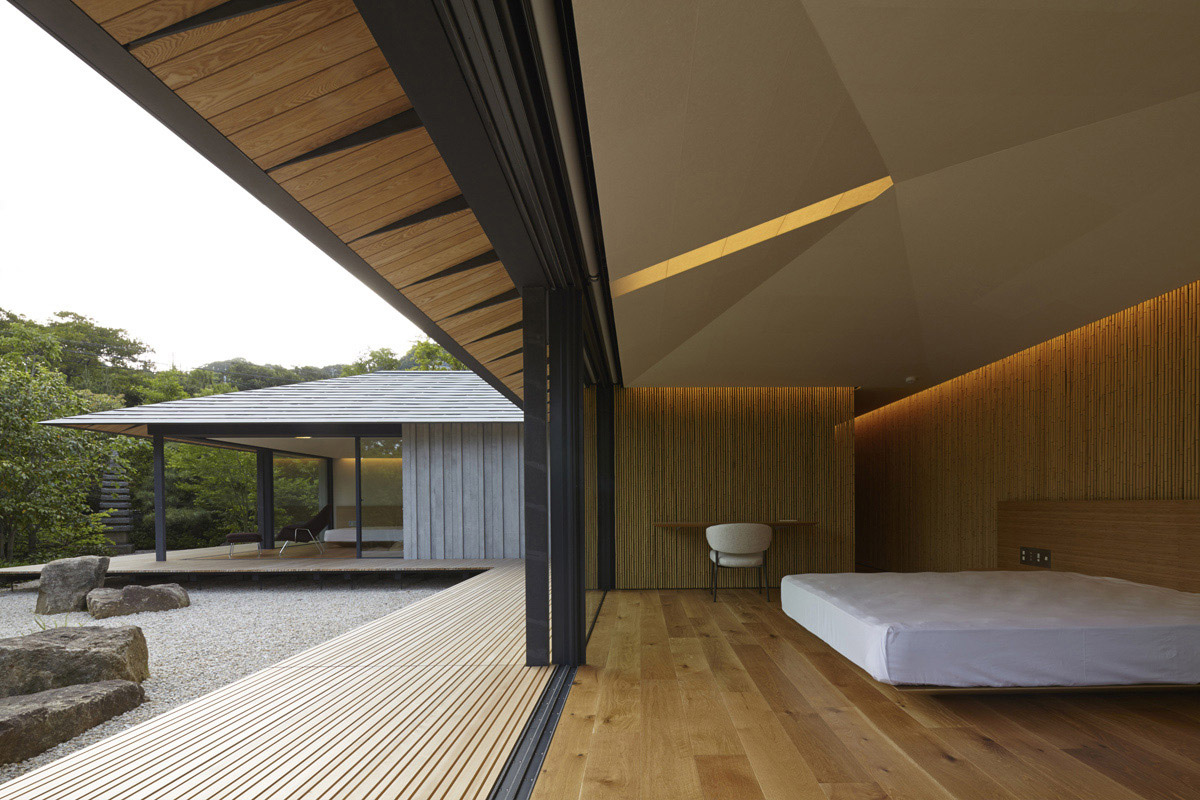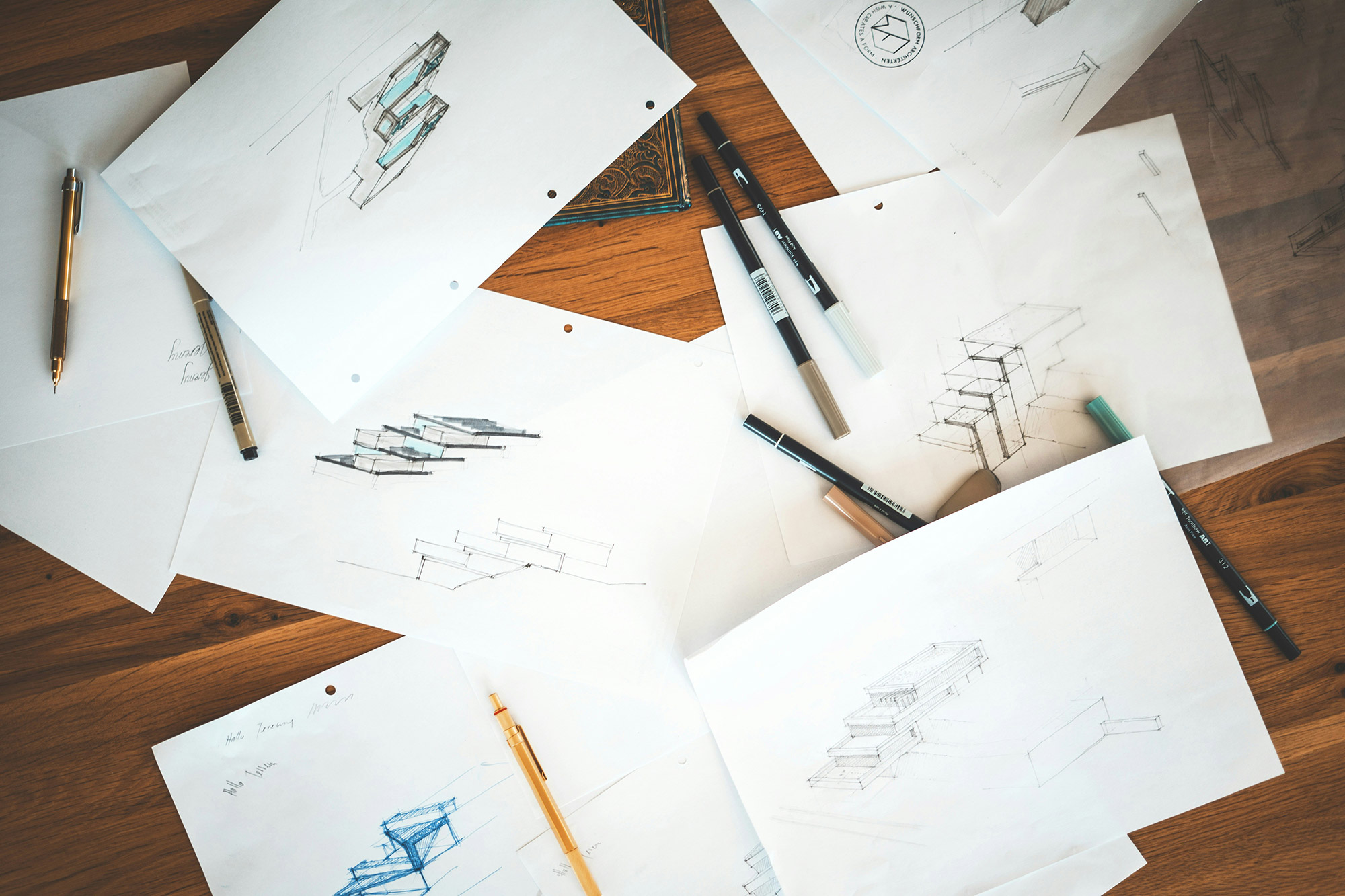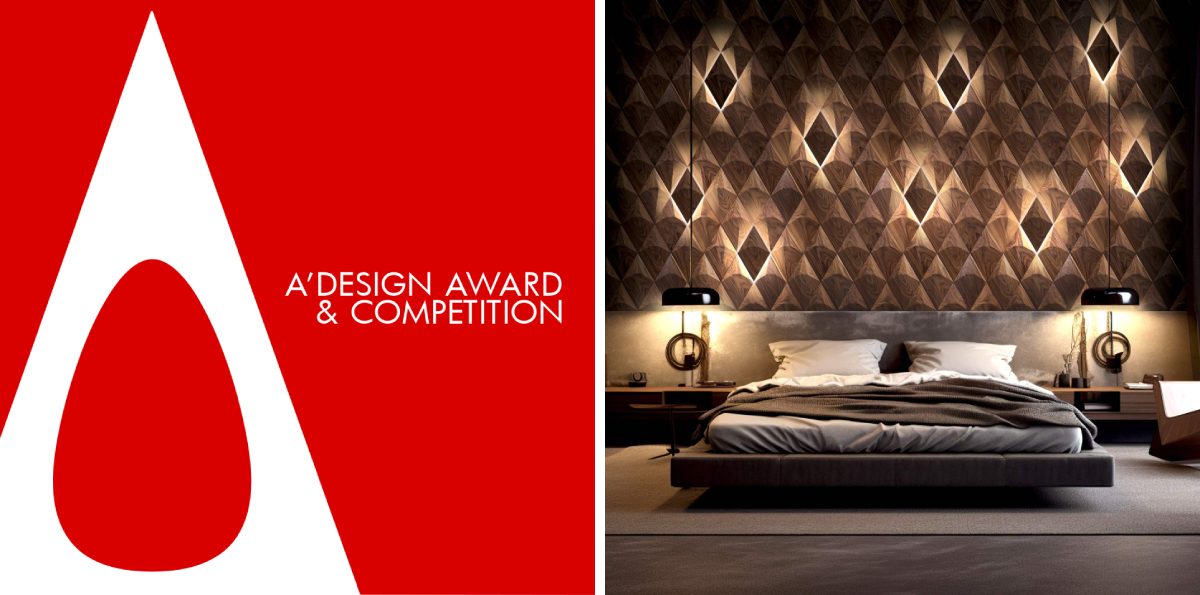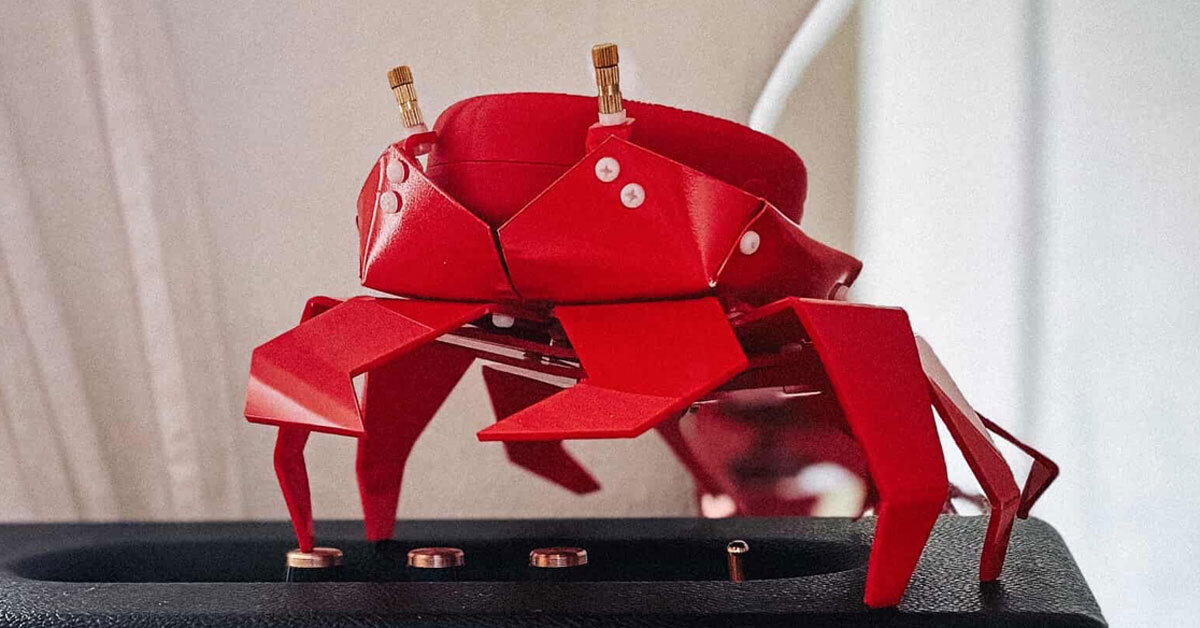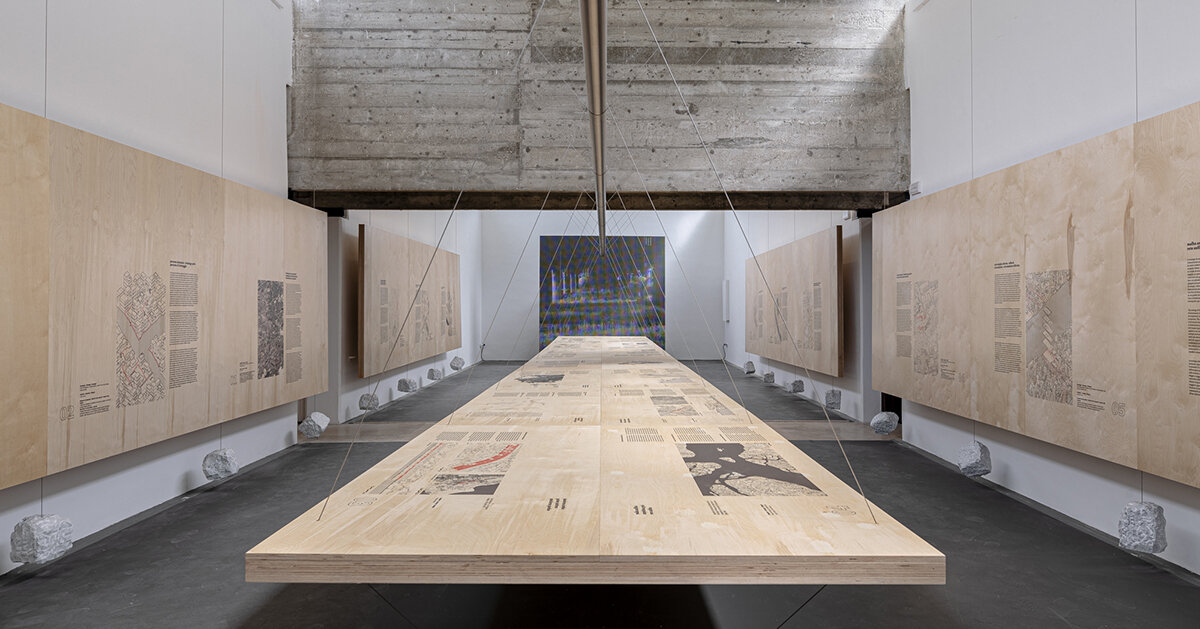Taking the headaches out of outdoor lifestyle imagery
Companies are using AI-enabled workflows and 3D rendering to take the pain out of finicky and expensive processes.

HIGH POINT — The lifestyle image is a central part of how both furniture manufacturers and retailers tell customers a story with their product. Whether the buyer is an end consumer, a designer, or a full-line retailer, a crisp, realistic lifestyle image can draw them in, convincing them that a product belongs in their living room or on their showroom floor.
Because outdoor furniture is, above all else, meant to be used and lived with, compelling lifestyle imagery is an indispensable marketing feature for the casual segment. It is also a much trickier and potentially more expensive proposition.
AI addresses issues with older methods
Staging products in outdoor settings can produce beautiful results, but it is expensive, and the output is limited. Production teams must work at the mercy of weather and lighting conditions, with sessions typically only yielding a handful of images that often require digital touchups.
The good news is that, as with many other pain points in the furniture marketing workflow, new technologies centered around machine learning and generative AI are providing easy and inexpensive workarounds to these stumbling blocks.
Hamza Bennis, co-founder of Presti.ai, which allows users to supply an image or text prompt along with a product silhouette to produce a photorealistic lifestyle image, told Furniture Today that lighting and landscape features are two hang-ups for traditional rendering.

“CGI usually struggles with outdoor because the lighting is often very strong or complex, and there are more natural features around,” Bennis said. “If you want to render realistic outdoor environments, you need really to go for high-end CGI, which gets much more expensive.
“It’s harder to create realistic outdoor images with traditional CGI, but that’s a problem that you don’t have with AI. It provides output based on the training it received to deal with different factors like lighting and landscape features to create something that looks realistic.”
Lighting matters
In-studio photography also struggles to capture the nuances of outdoor settings, necessitating significant post-production work on the backend.
Gaurav Sethi is the co-founder of co-founder of Pyxd Inc, whose 3D rendering solution PxyMagic generates product silhouettes that can be captured in cluttered environments like showrooms and factory floors. He says that in-studio methods for generating outdoor images are limited by several factors, mostly to do with lighting.
“The indoor staging needs to be set up for mimicking some aspects of the outdoor environment,” Sethi said.
“Within the studio, typically you would position and use flash lighting sources that would be bright enough to overwhelm any other sources of light coming from the indoor environment that might break the illusion. It’s a tedious and challenging process.
“Often times, the final render will need to be edited in post-production to further harmonize the appearance of the product in its environment. Traditional workflows involving this type of process are generally slow and not amenable to producing high volumes of content.”
Studio quality?
Vince Kilian, executive director and realism lead at 3D Cloud, a provider of visualization and augmented reality solutions to the furniture industry, agrees that the need for post-production work after a studio session is a major pain point, one that his company’s solution aims to remedy.

“Outdoor lighting requires a completely different approach compared to indoor,” he said. “You’re dealing with ambient light from the sun, streetlamps, or moonlight, which means configuring (different settings)” to get the desired result.
“Not everything can be fixed in post-production, so proper virtual camera configuration is key,” he added.
The limitations or quirks of an individual user’s hardware are a constant battle for visualization providers at all touchpoints of the marketing workflow, and 3D Cloud says it has taken steps to address these challenges as they relate to outdoor digital rendering.
The company’s augmented reality tool, WebAR, accounts for different lighting variables within the solution.
“WebAR works well outdoors, but mobile light sensors can misinterpret ambient lighting and affect how 3D objects are shaded,” Kilian said. “To avoid this, we bake lighting into the product itself so it’s always evenly lit and realistic, no matter the environment or device.
“Google phones, for example, use light sensors to guess the ambient lighting, which can sometimes make the product look too bright or inaccurately shaded. We can counteract that by baking the lighting into the 3D object itself, ensuring it appears consistent and realistic regardless of the environment.”
While they each bring different approaches to the table, 3D visualization providers are continuing to solve for the problems of creating outdoor lifestyle imagery that meets today’s standards for photorealism.
As advances in AI and augmented reality continue, furniture manufacturers and retailers can benefit from these new ways to create compelling lifestyle images for their casual product.
See also:
- Show and sell: Digital imaging tech in the foreground for online furniture retail
- This digital imaging startup saw major value in High Point Market
- AI-powered solutions create value, a few challenges, for retail
- Blurred lines: 3D, AR recast possibilities for furniture designers, manufacturers
What's Your Reaction?












